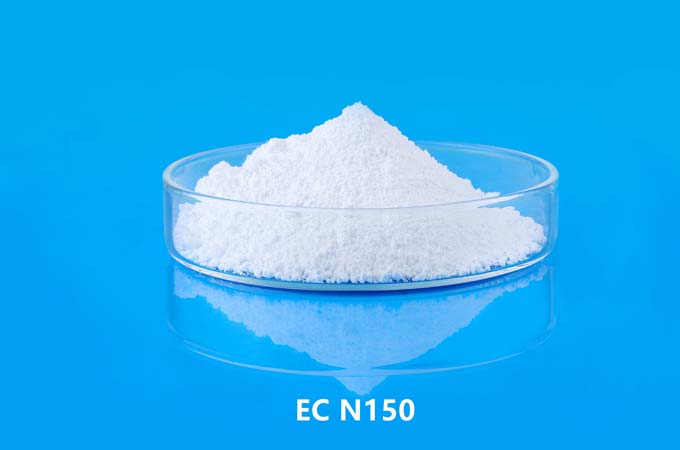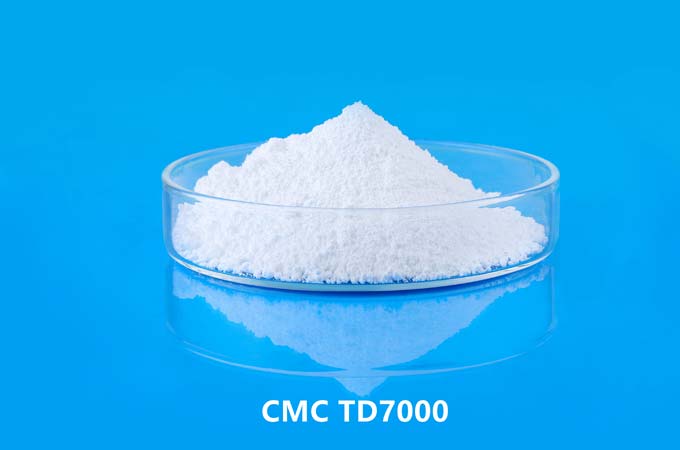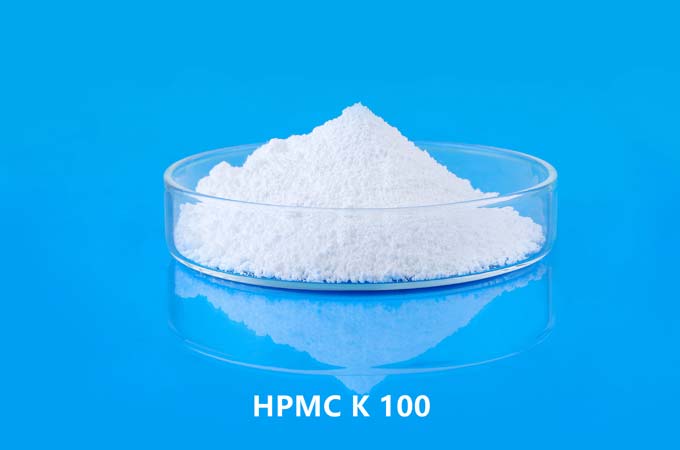Dissolving carboxymethylcellulose (CMC) requires understanding its properties, solvent selection, and dissolution process. This is a comprehensive guide detailing CMC, its applications, and its dissolution methods.
Learn about carboxymethylcellulose (CMC)
1. Introduction to CMC
Carboxymethylcellulose (CMC) is a water-soluble polymer derived from cellulose, a natural polymer found in plant cell walls. Due to its unique thickening, stabilizing and water-retaining properties, it is widely used in various industries such as food, pharmaceuticals, textiles and cosmetics.
2 Structure and performance
CMC is produced by reacting cellulose with chloroacetic acid, producing a cellulose derivative with a carboxymethyl group (-CH2COOH) attached to the cellulose backbone. The degree of substitution (DS) determines the number of carboxymethyl groups per glucose unit and affects the solubility and viscosity of CMC.
3. Application
Food Industry: Used as thickeners, stabilizers, emulsifiers and food additives CMC in products such as ice cream, sauces and dressings.
Pharmaceutical: Used in pharmaceutical preparations for its binding and disintegrating properties.
Textiles: Used as a sizing agent to increase the strength of fabrics.
Oil Drilling: Used in drilling fluids due to its ability to control viscosity.
CMC dissolution process
1. Selection of solvent
The choice of solvent is crucial for the dissolution of CMC. Due to the hydrophilic nature of CMC, water is the most common solvent. However, for specific applications other solvents may be used, such as alkaline solutions (e.g. sodium hydroxide) or mixtures of water and organic solvents.
2. Factors affecting dissolution
A. temperature
Higher temperatures usually speed up the dissolution process. However, there is an upper limit beyond which further heating may lead to CMC degradation.
b. pH
The pH of the solution affects the solubility of CMC. Generally, CMC is more soluble under alkaline conditions. Adjusting the pH of the solvent to the desired range can enhance dissolution.
C. agitation
Mechanical agitation (e.g. stirring or mixing) helps break down CMC particles and promotes uniform dissolution.
3. Dissolution technology
A. Add directly
Simply adding CMC to the solvent and stirring until completely dissolved is a common approach. It is important to control parameters such as temperature and pH during this process.
b. Solution preparation
Dissolution efficiency can be improved by preparing a concentrated CMC solution by dissolving it in a smaller volume of solvent and then diluting it to the desired concentration.
C. Neutralization
If an alkaline solution is used, neutralization with acid may be necessary to achieve the pH required for CMC dissolution.
4. Monitor dissolution
Monitoring the dissolution process is critical. Techniques such as viscosity measurements, turbidity analysis or microscopic observations can provide insight into dissolution dynamics.
Challenges and Solutions
1. Gathering
CMC particles, like CMC 3000, may agglomerate, impeding dissolution. Proper stirring and solvent selection can alleviate this problem.
2. pH adjustment
For applications requiring specific pH conditions, adjusting the pH of the solvent is critical. This can be accomplished using acids or bases as appropriate.
3. Temperature sensitivity
Care must be taken not to exceed temperature thresholds that may lead to CMC degradation. Monitoring and controlling temperature during dissolution is critical.
Dissolving CMC requires careful solvent selection, control of temperature and pH, and effective stirring. Understanding the properties of CMC and the specific requirements of its application is critical to a successful dissolution process. By meeting the challenges and employing appropriate technology, CMC can be effectively dissolved to ensure its optimal performance in various industries.
 English
English 日本語
日本語 français
français Deutsch
Deutsch Español
Español italiano
italiano русский
русский português
português العربية
العربية Türkçe
Türkçe Nederland
Nederland



